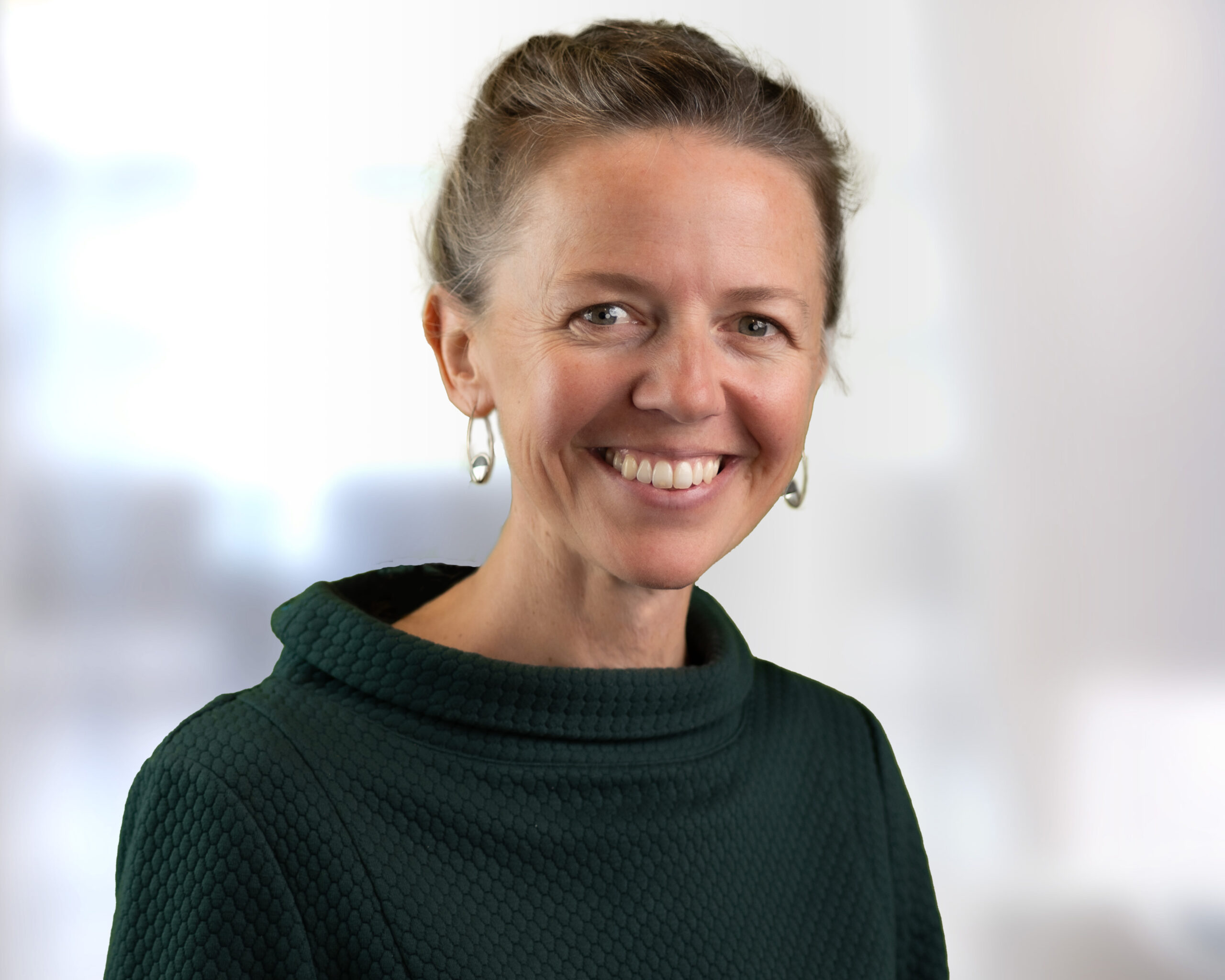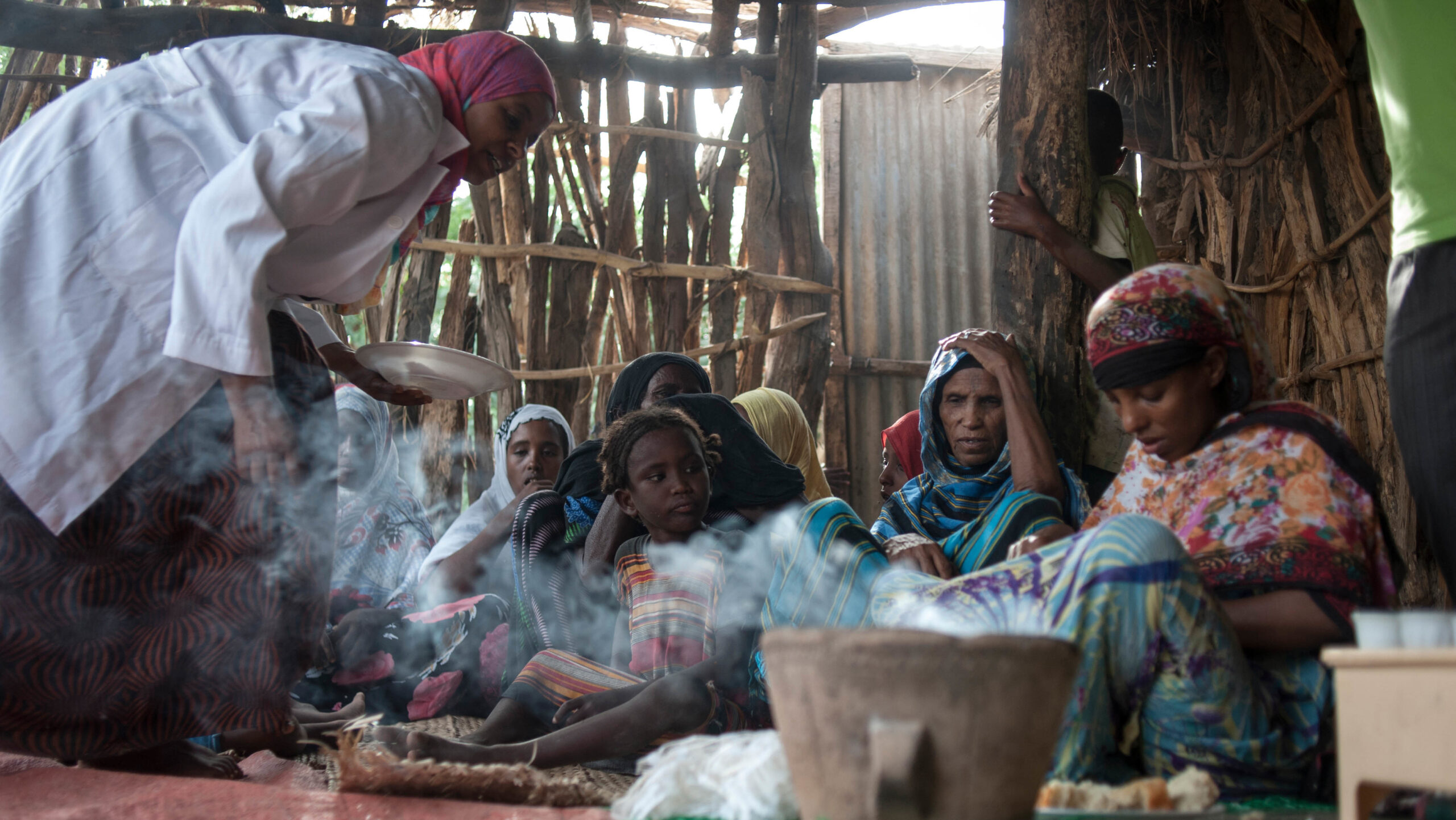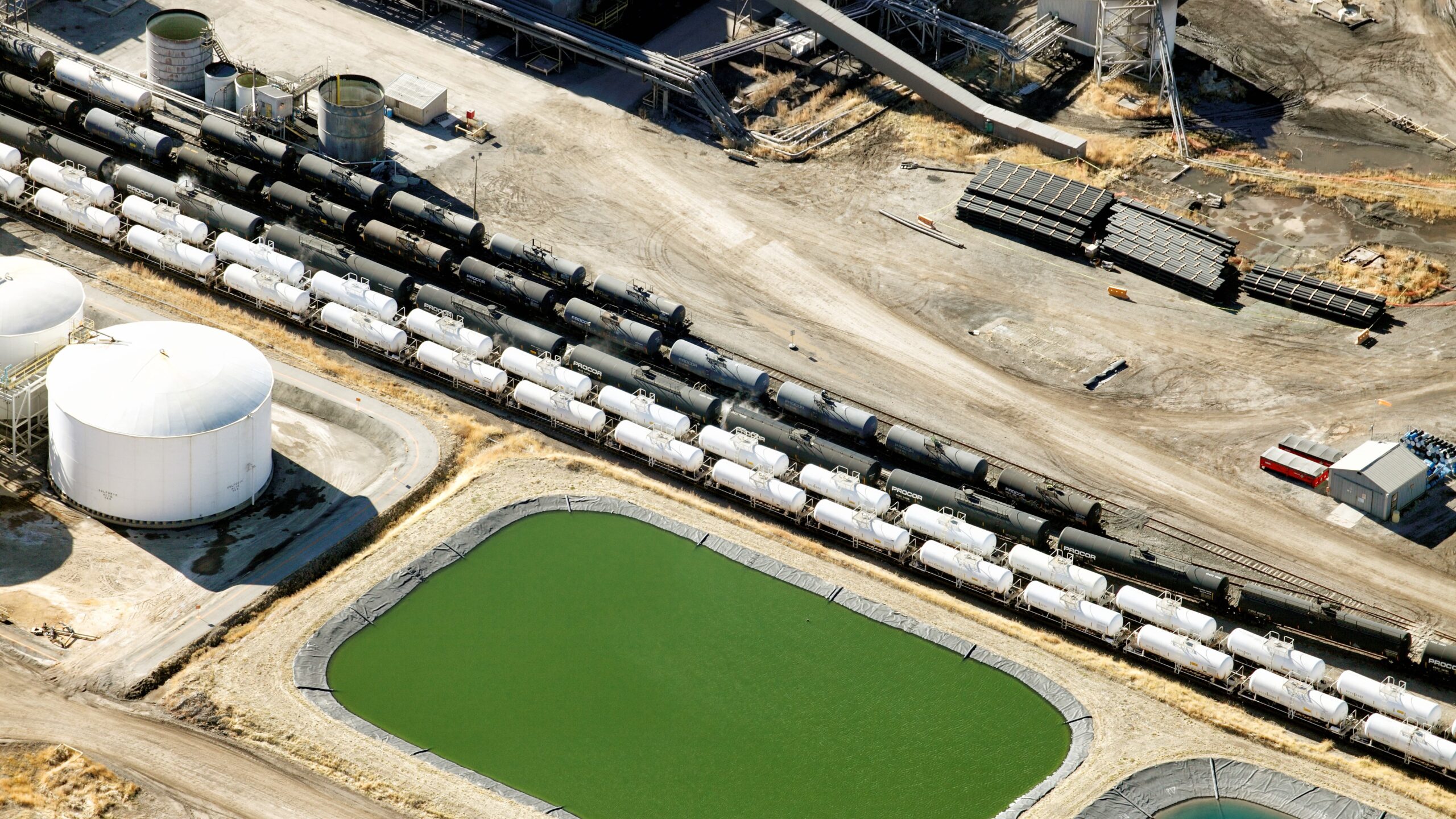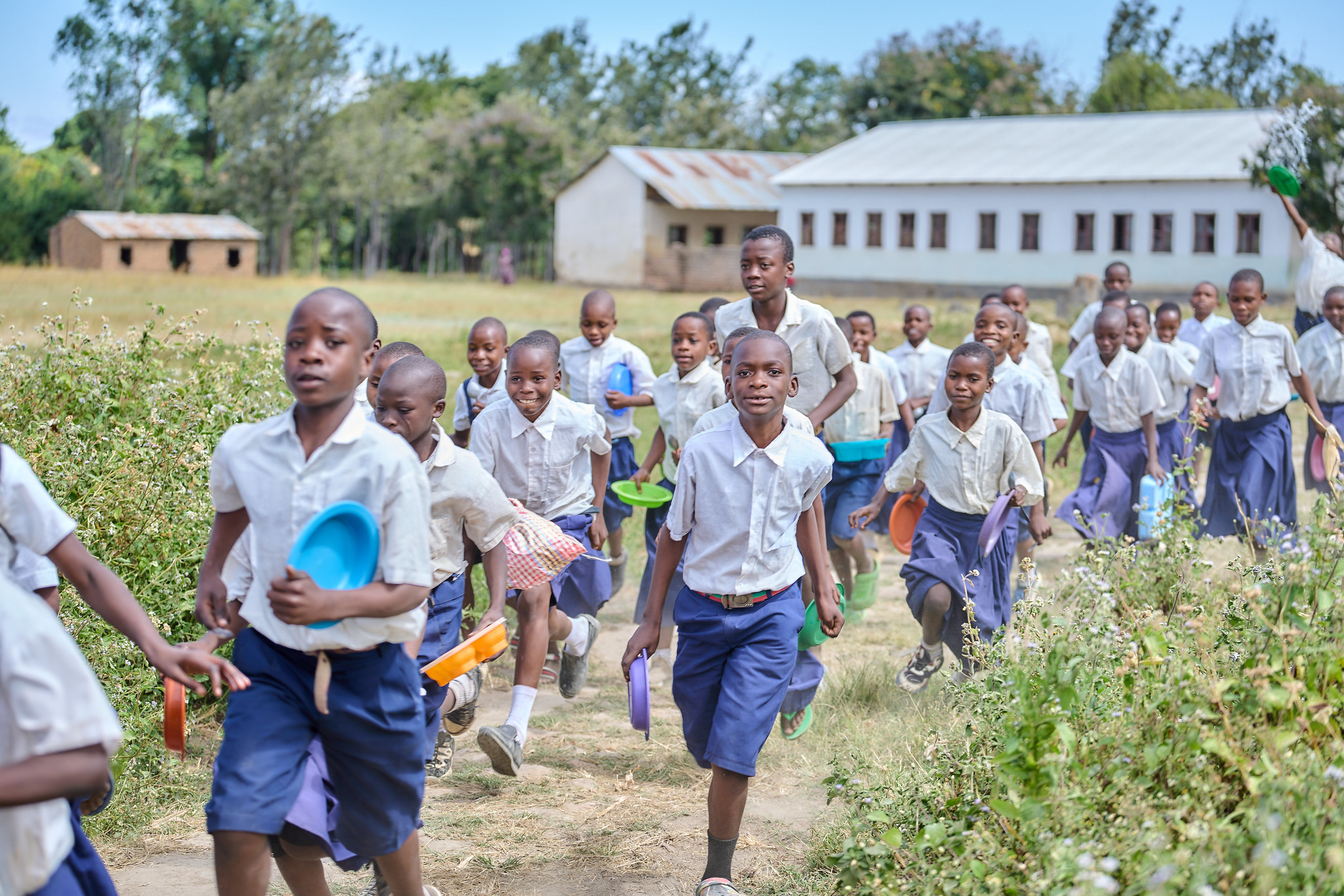By Emily Hogue, Team Leader for Monitoring and Evaluation, Bureau for Food Security, USAID. Originally posted in Feed the Future Blog
Last March, Feed the Future launched a tool to measure women’s empowerment in agriculture—the first of its kind.
The Women’s Empowerment in Agriculture Index—developed by USAID, the International Food Policy Research Institute (IFPRI), and the Oxford Poverty and Human Development Initiative (OPHI)—tracks women’s engagement in agriculture in five areas: production, resources, income, leadership, and time use. Unlike any other tool, it also measures women’s empowerment relative to men within their households, providing a more robust understanding of gender dynamics within households and communities.
The Women’s Empowerment in Agriculture Index (or WEAI) makes empowerment a solid and quantifiable concept Feed the Future and partners can work toward. It also helps us improve the way we do our development work. We’re using the tool to systematically assess and improve our food security programs in regard to women’s empowerment and gender equality.
We asked Emily Hogue, the acting team leader for monitoring and evaluation in the Bureau for Food Security at USAID, to reflect on the one-year anniversary of this innovative tool, which she helped create.
1. How is Feed the Future currently using the Women’s Empowerment in Agriculture Index?
We’re using the WEAI to track changes in women’s empowerment that occur as a direct or indirect result of Feed the Future programs. There’s a couple of different ways we do that. First, in our focus countries, we’re monitoring changes within the targeted geographic regions where Feed the Future works to track the contribution our food security programs make to women’s empowerment. Second, we’re collecting WEAI data within our impact evaluations on specific activities to learn more about the approaches we’re using and how effective they are. This helps us understand and assess how different approaches impact women and men and identify which program approaches are showing the most promise so we can expand their use.
2. What’s happened over the past year with the Women’s Empowerment in Agriculture Index? What’s new?
In 2012, we collected data for the WEAI through population-based surveys in 16 of the 19 Feed the Future focus countries, alongside other Feed the Future indicators. We’re collecting data in the additional three focus countries in early 2013. This has allowed us to calculate baseline values for the WEAI so we can measure change from these baselines in future years. USAID and partners are also analyzing the large amount of data collected in the surveys to learn more about the relationships between empowerment, poverty, and nutrition, as well as relationships between WEAI indicators. Through our analyses, we’re also exploring how to further refine the tool to make it as practical and broadly useful as possible.
The WEAI team (USAID, IFPRI, and OPHI) produced a number of materials over the past year to support use of the tool, such as a brochure (pdf), a video, a webinar, and a discussion paper (pdf). So far, we’ve trained more than 600 people on how to use the tool—and that doesn’t include the number of people who have viewed our webinar training.
USAID is also funding the WEAI Resource Center at IFPRI, which offers assistance to users on fine-tuning the questionnaire for new contexts, tabulating and analyzing data, and interpreting the WEAI data to inform program design. Through IFPRI, WEAI partners selected four dissertation grants, funded by USAID, for research related to the WEAI. This research is helping build evidence on how women’s empowerment relates to other development outcomes, such as improved nutrition.
We’re excited to roll out a new instructional guide this week, published by IFPRI, that provides detailed information to users on how to use the WEAI questionnaire, analyze the WEAI data, and use the findings of the WEAI to inform program design.
3. How are you using the WEAI to improve the way Feed the Future works?
We created the WEAI as a monitoring and evaluation (M&E) tool to track the effects of our programs over time, but one of the most exciting uses of the WEAI has been as a diagnostic tool to identify constraints women face in the agriculture sector. Because the WEAI examines several dimensions and uses direct measures of empowerment rather than proxies, it can identify specific obstacles to women’s advancement in agriculture, such as limited access to credit or limited involvement in leadership roles. Once we identify those constraints, we tailor our programs to address them.
We’re currently examining WEAI baseline data to better understand the primary constraints and how our programs are addressing them. Then, we use the WEAI to track change over time in those specific areas, along with all five dimensions. We’re closely tracking how our programs impact equality and empowerment so we can strengthen and replicate practices that work well and reorient programs that aren’t working.
4. What has been the development community’s response to the WEAI?
Many development partners have expressed interest in using the WEAI for tracking their own programs. Several international organizations like the International Fund for Agricultural Development, non-governmental organizations like CARE International, and a number of universities are planning to use or are already using the tool for program monitoring and research.
The WEAI team is developing tools and guidance to help our partners use and replicate the WEAI beyond Feed the Future’s focus countries and the targeted regions we work in. With the help of our development partners, we believe we can greatly increase the potential forlearning through the WEAI. What started as a fairly modest effort to develop a monitoring tool for Feed the Future has greatly exceeded our expectations and provided the development community with a robust and accessible instrument to tackle one of the most complicated development challenges.
5. What’s next for the WEAI in its second year?
Now that we have a tremendous amount of data on the WEAI, most of our focus for 2013 is on analyzing and learning more about the context of empowerment in the areas where we work, as well as how the WEAI is working as a tool. The WEAI Resource Center and M&E partners are helping us conduct analyses to make this learning happen.
In 2013, we will also be designing and collecting baselines for a few impact evaluations of Feed the Future activities that use the WEAI. The WEAI team has many other materials in the works, so stay tuned in the coming months for baseline reports and a few case studies interpreting the results of the WEAI in our baselines. We’d also love to hear from others about how they are using and learning from the WEAI, so please let us know* about any work you will be doing in 2013 related to the WEAI.
While just a first step to improve learning and programming in this critical area, the WEAI signifies the commitment of the U.S. Government to prioritize empowerment as an essential development outcome that we will measure and strive to achieve.
*via Facebook, Twitter, or share your comments and ideas on Agrilinks.







